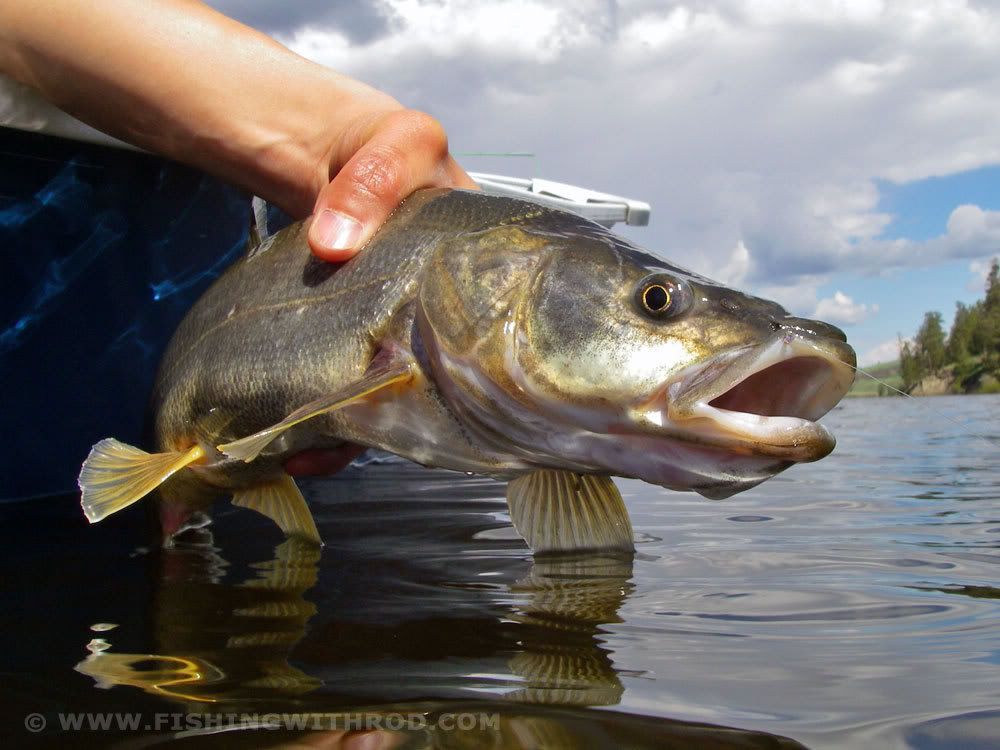Pikeminnows? I thought that was a late summer fishery. Personally I would love to go after them with a fly but water clarity on the Fraser has always made that impractical - I guess that is less of an issue on Cultus Lake.
Note clear why they should be killed if they are indigenous.
fishing for northern pikeminnow isn't limited to the Fraser River, which typically produces well from May to September. The smaller tributaries will have them year-round, as well as some of the bigger lakes. The sloughs on the north side of the Fraser River should have them right now. If you head to Stave River in May and June, you should have no problem finding them just below the dam. There will also be cutthroat trout and whitefish mixed among minnow species, which can be a lot of fun for families.
Lakes in Region 3 and 8 also have huge pikeminnows, which are often by-catches when targeting rainbow trout in May and June.

Cultus Lake has northern pikeminnow year-round. During the colder months, fish are not as active and tend to school in deeper water, so fishing from a boat is more productive. In the summer, they can be readily caught from the beaches and piers. The Cultus Lake sockeye salmon recovery program involves several initiatives. The objective of seining of northern pikeminnow that has been done between late winter and early spring is to control the population of a particular size class and lower the rate of predation. Beside seining, the Fraser Valley Salmon Society hosts the annual Greg Clark memorial fishing derby in June. Pikeminnows caught during the derby are taken by Fisheries and Oceans Canada for further sampling.
Here is a video of the derby from two years ago:
http://www.youtube.com/watch?v=mdxDld_PVqcArticle:
http://www.fishingwithrod.com/fishy_news/070619_1.htmlInformation on the recovery program:
http://www-sci.pac.dfo-mpo.gc.ca/mehsd/projects/cultus_sockeye_e.htmNorthern pikeminnow, cutthroat trout, bull trout, dolly varden are predators that have been a natural selective force on salmonid populations since the last glaciation. It is a force that filters out the weak strains and strengthen the gene pool/population of salmonids overtime. It is simply another example of the predator-prey relationship. Cultus Lake sockeye salmon's endagered status is the result of overfishing by all sectors since early 1900s. Like all fishery management, we've chosen to lower the populations of all species that interact with Cultus Lake sockeye to create a textbook ecological balance. The unfortunate end result is the mislabelling and lumping of native species that have no commercial importance as pests by the general public, who is not as familiar with the biological background.

 Author
Topic: Cultus Lake (Read 15904 times)
Author
Topic: Cultus Lake (Read 15904 times)

